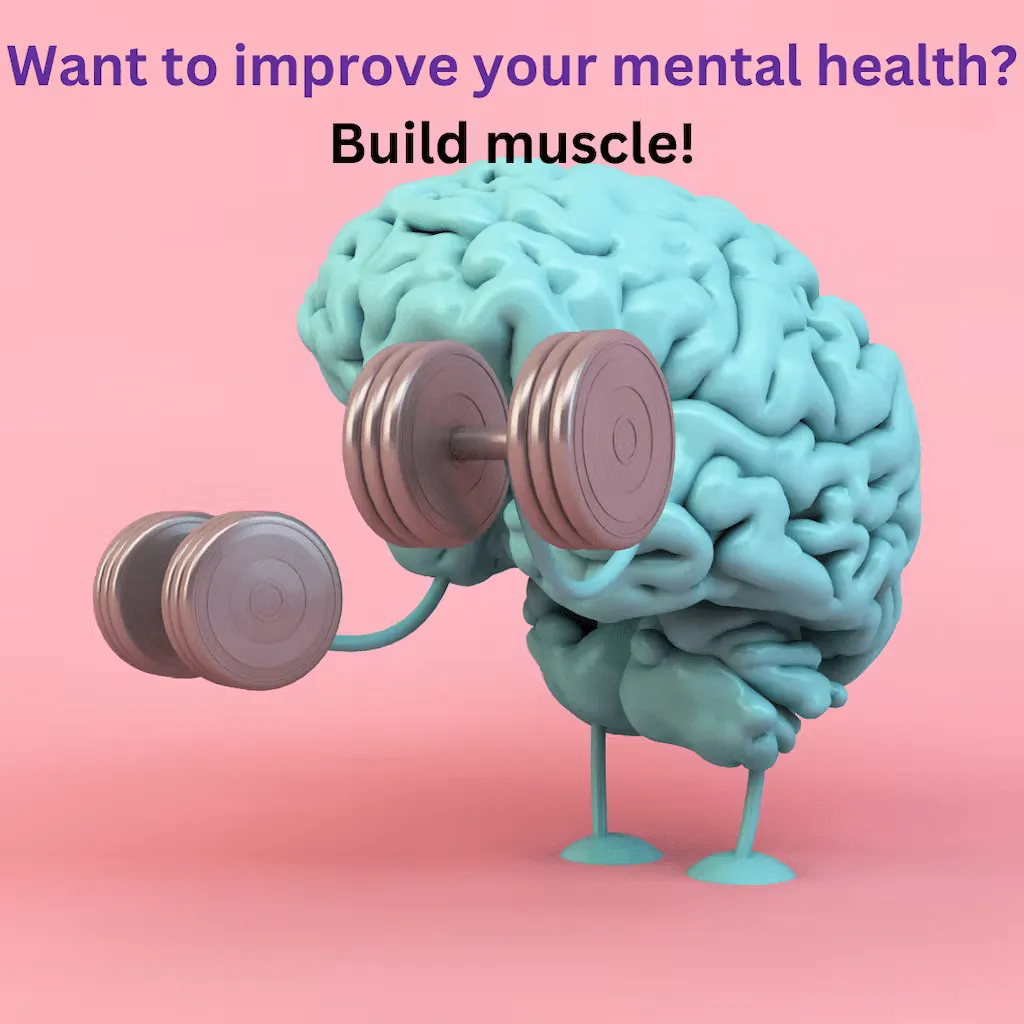Exercise Is the Best Medicine
If you knew you could improve your health and wellbeing without taking a pill, wouldn’t you? Exercise is the most effective for impact on health and minimal cost. Exercise is not only crucial for our physical health, but also for our mental wellbeing.
Studies have shown that people who stick to a regular exercise routine have better mental health overall, as well as lower rates of mental illness.
It seems that taking up exercise provides a protective benefit that wards off mental illness, as well as helps to treat some mental health conditions, such as depression and anxiety. For instance, when it comes to mild-moderate depression, physical activity can be just as effective as antidepressants or psychological treatments like cognitive behavioral therapy. Exercise can also be a valuable addition to other treatment options.
So why does exercise make us feel better, mentally?
Often, people who exercise regularly do it simply because it makes them feel good. Exercise can boost your mood, concentration and alertness. It can even help give you a more positive outlook on life.
But while cardio is super important to a well-structured fitness regimen, strength training will burn a similar number of calories while also helping you build lean muscle. That muscle will demand more calories every day as fuel and you will, in turn, burn even more calories. Basal metabolic rate will increase while also improving mood. Can’t beat that combo!
The link between exercise and mental health is complicated. Inactivity can both cause and be a consequence of mental illness. However, there are lots of ways that exercise can really benefit your mental health, such as:
The levels of chemicals in the brain, such as serotonin, stress hormones and endorphins, change when you exercise. Regular exercise can help you sleep better, and good sleep helps you manage your mood. Exercise can also improve your sense of control, coping abilities and self-esteem. People who exercise regularly often note how good achieving a goal makes them feel. Exercise offers opportunities to take focus away from negative thoughts, socialize and get social connection if you exercise with others. Exercise also increases your energy levels and can be an outlet for your frustrations. Exercise can even reduce skeletal muscle tension, which helps you feel more relaxed. The physical benefits of exercise are also important for people with mental illness. It improves your cardiovascular health and overall physical health. This is important because people with mental health issues are also at a higher risk of suffering from chronic physical conditions such as heart disease, diabetes, arthritis and asthma.
Exercising for your mental health
If regular exercise is not already a part of your routine, you might be wondering how much you need to do to give your mental health a boost.
The really good news is exercise doesn’t have to be strenuous or take a long time. Studies show that low or moderate intensity exercise is enough to make a difference in terms of your mood and thinking patterns. You don’t have to take up marathons, you just need to find a way to move that you enjoy and can be consistent with.
Adults should be active most days, aiming for a total of 2.5-5 hours of moderate physical activity per week, such as a brisk walk or swimming. Alternatively, they recommend getting 1.25-2.5 hours of vigorous physical activity per week – such as jogging, fast cycling, or a team sport. Or, you can combine both moderate and vigorous activities as well as incorporate strength training.
Although any exercise is beneficial, going for a walk, participating in stretching or yoga, or doing household chores such as sweeping, mopping, or vacuuming can still have positive impacts on your mind and body. Progressing to more vigorous activity will improve the benefit received.
Getting started with exercise
If you haven’t exercised in a while, it can be daunting to start, but a plan can help you begin and stick with it. Your new exercise plan is more likely to be successful if you:
-consult with your GP or an accredited exercise physiologist before starting, and continue to do so at regular intervals.
-choose an activity you like, or have enjoyed in the past, that is appropriate for your fitness levels and abilities
– start small – gradually increase your activity. Ideally, vary your activities so you don’t become bored
– if you have any aches or pains or physical limitations to participate in exercise, consult a physical therapist to help get you to a better starting point.
However, any exercise is better than none. Going for a leisurely walk, or activities like stretching and yoga, can also have huge benefits on your mind and body. Even doing housework like sweeping, mopping, or vacuuming can give you a mild work out.
For even greater benefits, try exercising outdoors. The endorphins and serotonin achieved in nature will reinforce consistency. Some recent studies have found people report a higher level of vitality, enthusiasm, pleasure and self-esteem, and a lower level of tension, depression and fatigue, after they have walked outside. People who exercise outside also say they are more likely to exercise again than those who stay indoors.To boost, people who exercise outside do it more often, and for longer, than those who work out indoors.
How to be more active every day
Make exercise part of your everyday activity. Try walking or cycling instead of using the car. Get off a streetcar, train or bus a stop earlier and walk the rest of the way. Or spend some time walking your kids to school. Get active around the house by doing some gardening, washing the car or cleaning the windows. The most important thing to remember is to try to move more and sit less every day.
Where to get help and support:
Physical Therapist
Your GP (doctor)
Registered Exercise Professional
Exercise Physiologist


